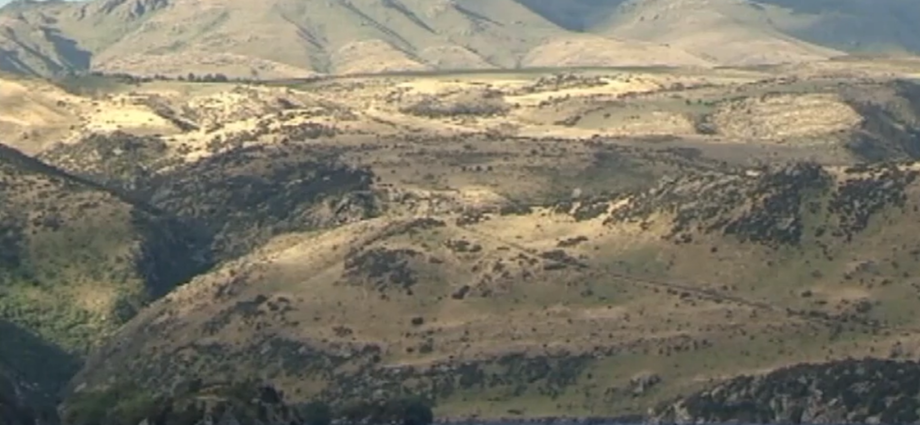PHOTO: Lake Onslow could be transformed into a pumped hydro-storage scheme. Credits: Newshub.
The Government is pouring millions into trying to fix New Zealand’s dry year electricity problem.
But it’s also pouring water on people’s farms in the process.
A $4 billion pumped hydro storage scheme is being investigated against other options to create a battery to store power for when we run low.
One option would involve flooding Lake Onslow, a man-made lake 20 kilometres east of Roxburgh and roughly halfway between Dunedin and Queenstown.
The current power backup is coal and gas, but the Independent Climate Commission suggested pumped hydro because New Zealand needs to find a cleaner way to generate power to meet climate targets.
Up to $100 million is being spent on a feasibility study alone, exploring in detail whether Lake Onslow could be transformed into a pumped hydro storage scheme.
“We have to find a way that we store energy in a renewable form if we want to meet our climate change targets and goals,” Energy and Resource Minister Megan Wood says.
It works as a simple storage system where water from the Clutha River would be pumped uphill and stored in Lake Onslow. Then when electricity is needed, that water would run back downhill into the turbines where it would generate energy.
Basically, Lake Onslow would be a power storage tank and its size would have to grow dramatically, flooding a number of farms in the process.
This would include half of Gray Pannett’s Limehills Farm. He’s annoyed that it was leaked to media before landowners like himself.
“My first response was I had to email the ministry to see whether it was fake news,” Pannett says.
Pannett would lose the land his cows are grazing on.
“It’s like taking the back three bedrooms off the house and saying ‘well you can carry on’. Well, you can’t if there’s no bedrooms on the house is it, that’s how I look at it,” he says.
Farms like Pannett’s would be losing crucial dry stock paddocks.
“One of the government officials told me just buy another farm. I said they just don’t exist like that – you can’t just replace that country, it’s unique,” Pannett says.
The deepest part of Lake Onslow is less than 20 metres, if the pumped hydro scheme goes ahead and Lake Onslow is flooded it’ll be as much as 80 metres deep.
At one of the biggest farms in the area at 28 hectares, Beaumont station’s fourth-generation farmer Richard Hore said he can see the reasoning, but he is not happy with the compensation being offered.
READ MORE VIA NEWSHUB

















